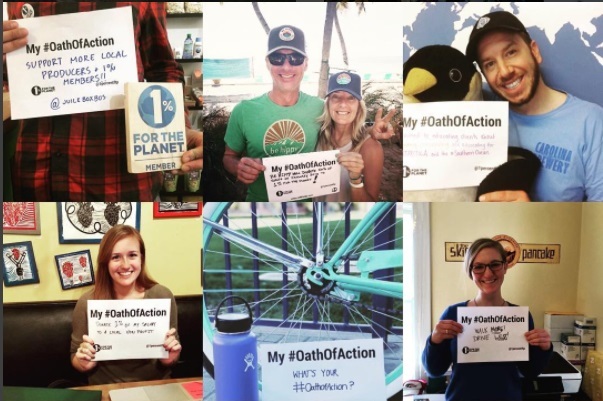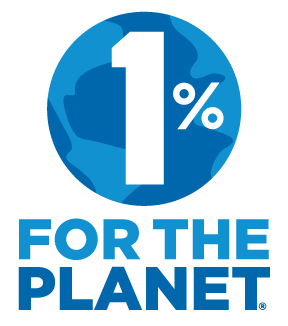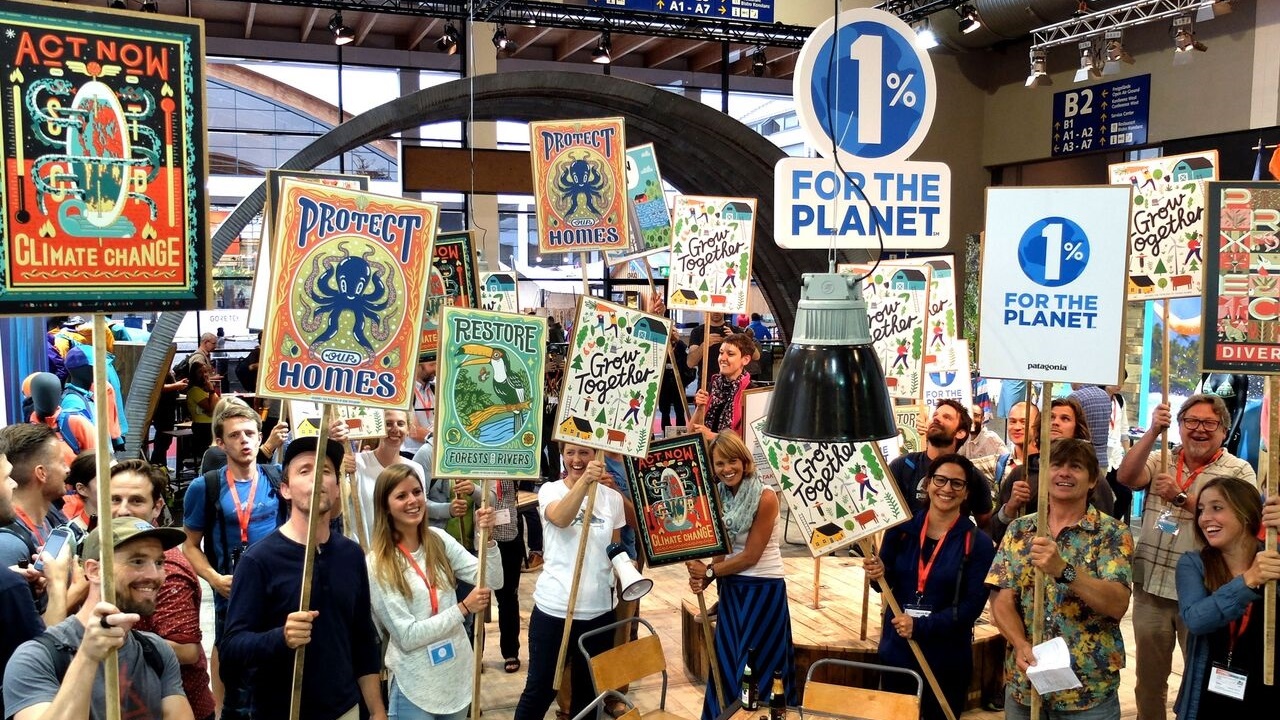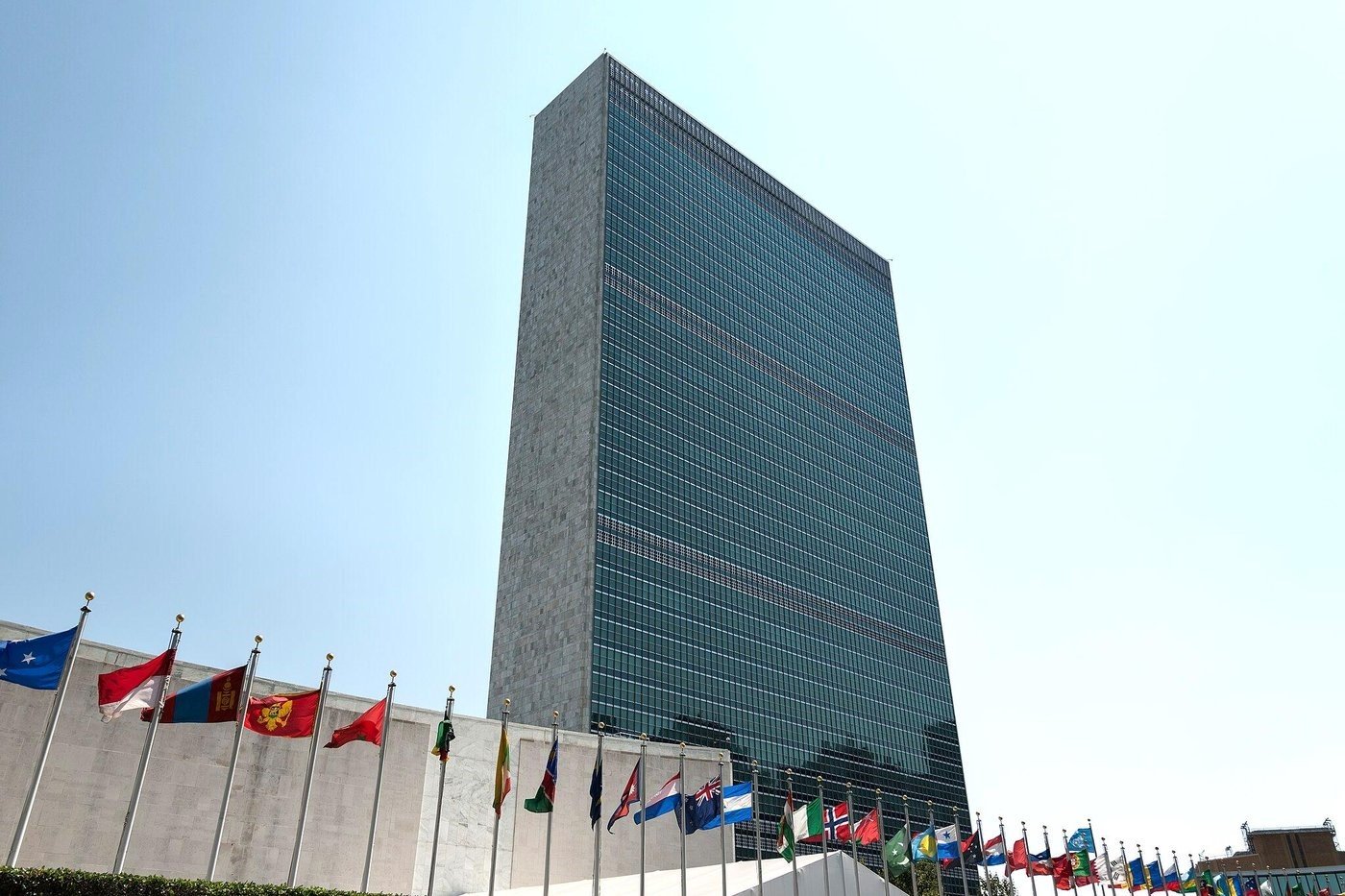Philanthropic giving is a powerful force. Nonprofit organizations are critical change agents in a world where a broad range of issues, from poverty to pollution, call out for positive change. Many nonprofits (also called non-governmental organizations or NGO’s) have diverse income streams, but almost all depend on some level of donated revenue – from individuals, foundations, and corporations. In a largely market-driven world, it can be easy to equate this reliance on philanthropic support as a fundamental weakness of the nonprofit sector. At 1% for the Planet, we believe quite the opposite.
Nonprofits occupy an important and distinct arena in our world, representing the third sector alongside business and government. This third sector actively and strategically fills gaps, addresses needs, and deploys approaches that are not available to the other two sectors, and that simultaneously check and balance those sectors’ negative impacts, while also expanding the reach of their positive impacts. Specifically, nonprofits can – and are often critically needed to – operate where there isn’t a market solution for a problem, or where the political process may be too slow or controversial to yield government funding in time or ever. In addition, nonprofits are entirely beholden to their charitable purpose and mission, with no additional profit, stakeholder, or constituent obligation to also satisfy, and thus they can often drive more boldly toward change than either of the other sectors. We believe that all three sectors are critical actors, and we also see that there is often a misunderstanding of the power and strategic opportunity of providing support and working in partnership with the nonprofit sector to create a healthy, equitable, thriving planet.

Photo Credit: 1% for the Planet
It’s useful to understand the three sectors as operating in a dynamic system of feedback loops and evolving interactions, with each sector playing its distinct role and both supporting and – where appropriate – constraining the other sectors. The United Nations Sustainable Development Goals (SDGs) will only be successful if they are brought to fruition through this system. But how does the system function? While I’m not in a position to provide an overall system analysis, I can state clearly that the environmental nonprofit sector – whose full strength will be needed to attain the SDGs – is underfunded and thus, while powerful, not able to deliver at full capacity.
In the United States in 2016, $390 billion was given to charitable causes, of which $11.05 billion or 3 percent went to the environment. Let me restate that – only 3 percent of total charitable giving in the United States was given to nonprofits working on behalf of the planet that sustains all life, all economic activity, all human communities, all biodiversity. Environmental giving did see the largest increase, which is important and hopefully the start of a new trend. Yet it remains at 3 percent, which is roughly where it has been stalled for years. Back in 2007, giving to the environment was just 2.3% of total giving. During this past decade, I think it’s safe to say that the scale and scope of environmental problems has grown more and faster than before. From the rafts or gyres of trash in our oceans, to the pace of Arctic ice melt, to the heat of summers in the northern hemisphere, to the diminishing numbers of pollinators, these are just a few examples of the environmental issues that plague our world today.
Related Article: “ADVANCING SDG 17 THROUGH HYPER-LOCAL COMMUNITY ACTION“
So, what can you do as an individual? First, you can choose to support companies that heal instead of harm the planet by both changing their business practices and making an annual commitment to give to aligned environmental nonprofit partners. The growing global movement of 1% for the Planet member companies represent strong choices. From clothiers to financial advisors to beer to legal services, it’s possible to drive increased giving every day through your purchasing choices. Second, you can also choose to give as an individual, and even to make your own annual 1% commitment. Not only does the act of giving make you physiologically happier, but it is also the most important way we can fuel the nonprofit sector to drive the change our planet needs. Individuals accounted for 72% of all giving in 2016. Our choices are powerful. Through our choices to purchase and give in everyday and committed ways, we not only increase the flow of philanthropy to environmental nonprofit activists, we also become changemakers ourselves.

Photo Credit: 1% for the Planet
Reading the headlines today can cause a scary sense of hopelessness and impotence. Extreme natural disasters, explosive social and political unrest, and outright war in various locations across the globe, millions of displaced people as a result of both natural and human causes. These are complex, collective problems that affect us all. There is, however, purpose and hope that we can both create and sustain.
The UN has created the SDGs as a North Star – or, perhaps more properly, a North Constellation – that calls on all three sectors to engage toward a shared vision.
By keeping our eyes on this visionary constellation, we can see beyond the headlines to the ways in which we can create change. Every sector has a critical role to play, and the more we understand both the distinct power of each sector and our opportunity to engage, the more hopeful and powerful we will be.
My life’s work and certainly current focus at 1% for the Planet is on both elevating the scale and potency of the environmental nonprofit sector. At the same time, my inherent approach is to see both challenges and opportunities in terms of systems, and the interrelation of the parts composing a far greater whole. As we clean up from unprecedented hurricanes in the United States and Caribbean, as we grapple with multifaceted migrant crises across the globe, as we take steps toward changing our entire energy and transportation systems, as we increasingly understand that one child’s hunger is the distillation of one planet’s social/political/environmental problem, we have the opportunity to take action within the system.

Photo Credit: 1% for the Planet
At 1% for the Planet, we do so through building giving partnerships within this complex system. We engage businesses and individuals across the globe to take actions every day and to make annual commitments to give to environmental nonprofits. We are a movement of changemakers. We seek to accelerate smart environmental giving as a way to create a system of partnerships and solutions that walk us toward the North Constellation of the SDGs and more broadly, that create a vital and thriving planet for future generations.
Nelson Mandela said, “there is no passion to be found in playing small.”
This couldn’t be more true at this moment – our planet, and our shared work to attain the SDGs and all that they represent, call on us to act with passion and to play big. An important way to do this is to fuel the nonprofit sector to create powerful impacts in all issue areas.
1% for the Planet recently released a new video highlighting its global momentum and individual membership opportunity, it can be found here.
 1% for the Planet is a global movement inspiring businesses and individuals to support environmental solutions through annual membership and everyday actions. We advise on giving strategies, we certify donations, and we amplify the impact of our network.
1% for the Planet is a global movement inspiring businesses and individuals to support environmental solutions through annual membership and everyday actions. We advise on giving strategies, we certify donations, and we amplify the impact of our network.










